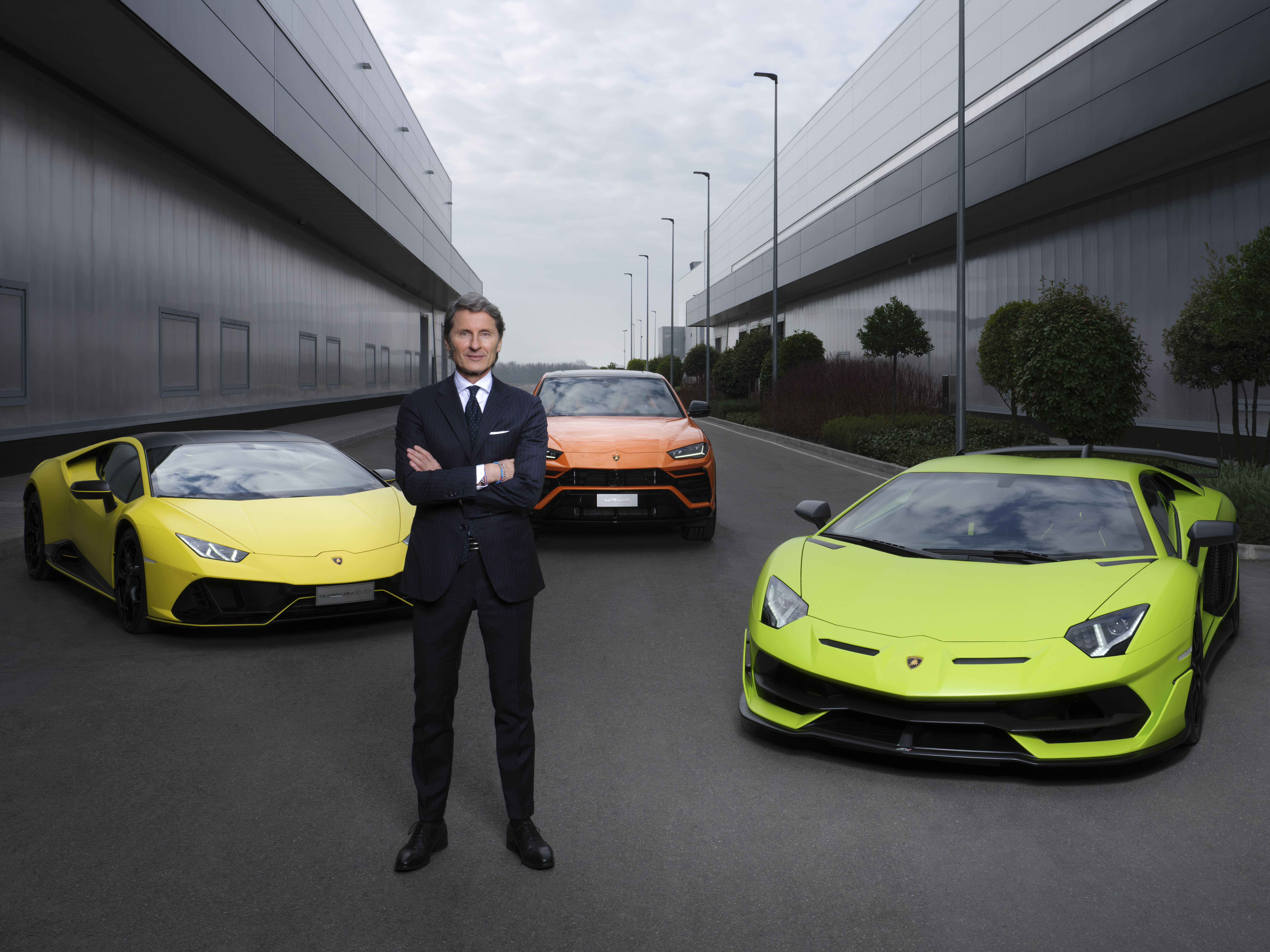Let’s open with bald facts. Lamborghini delivered 7250 cars last year, all of which were solus internal combustion engined, contributing to a fleet average of more than 348g/km across the Urus, Huracán and Aventador model lines.
This presents a problem.
Unless your average is less than 95g/km by 2021, swingeing fines come into effect. The penalty for being 1g over the target is EUR 95 multiplied by all of your volume so, as it stands, Lamborghini would be fined EUR 24,035 for each car it sold in Europe.
Stephan Winkelmann, Lamborghini’s CEO has set in place a plan to cap the fines and reorient the company. The project is called Direzione Cor Tauri.
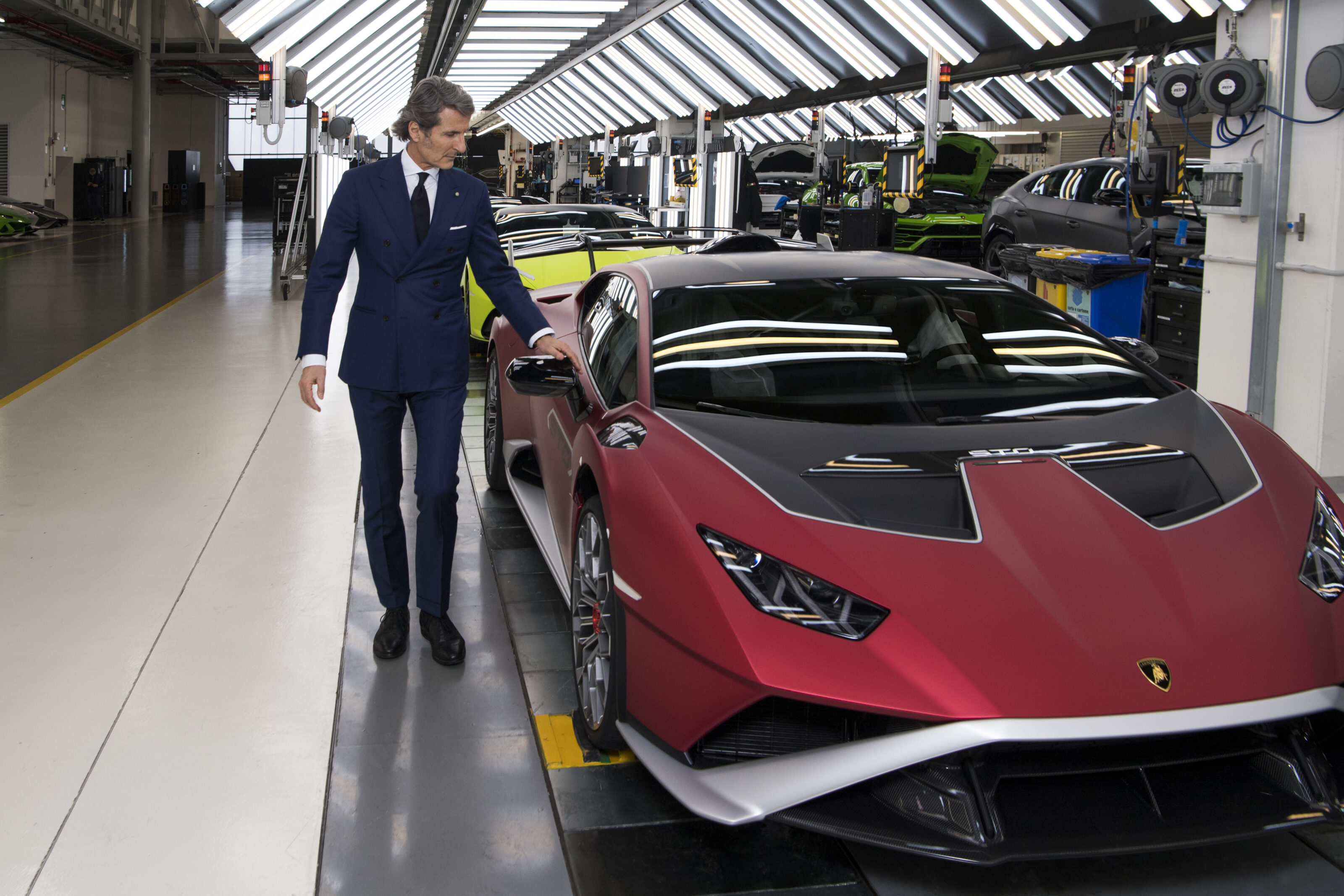
The more cynical among you may well think that Lamborghini’s European customers could probably absorb a few thousand euros added to the list price of the cars, and that pursuing sales in other markets would be a financially expedient course of action. Winkelmann knows that this strategy isn’t sustainable.
“Now it’s time for the second phase and to really kick start and have new ideas. If we look into our future, we have three different possibilities. We stay with combustion engines, we electrify or we hybridise,” he explains.
“What we are committing to now is that we will have all of our model lineup, the Urus, the Aventador and the Huracán all with hybridisation and this is going to lead us into a CO2 reduction across the entire fleet by 50 per cent.”
“We have to keep the spirit of Lamborghini alive, so performance with design is of the utmost importance for us. We will not stop here though. We will not only have all of our models hybridised by 2024, but in the second part of this decade we will have the first full electric model. This will be a car that will have at least 2+2 or four seats, so will not be a proper supersports car like Huracán or Aventador, but we are looking in the direction of a car that is more daily useable.”
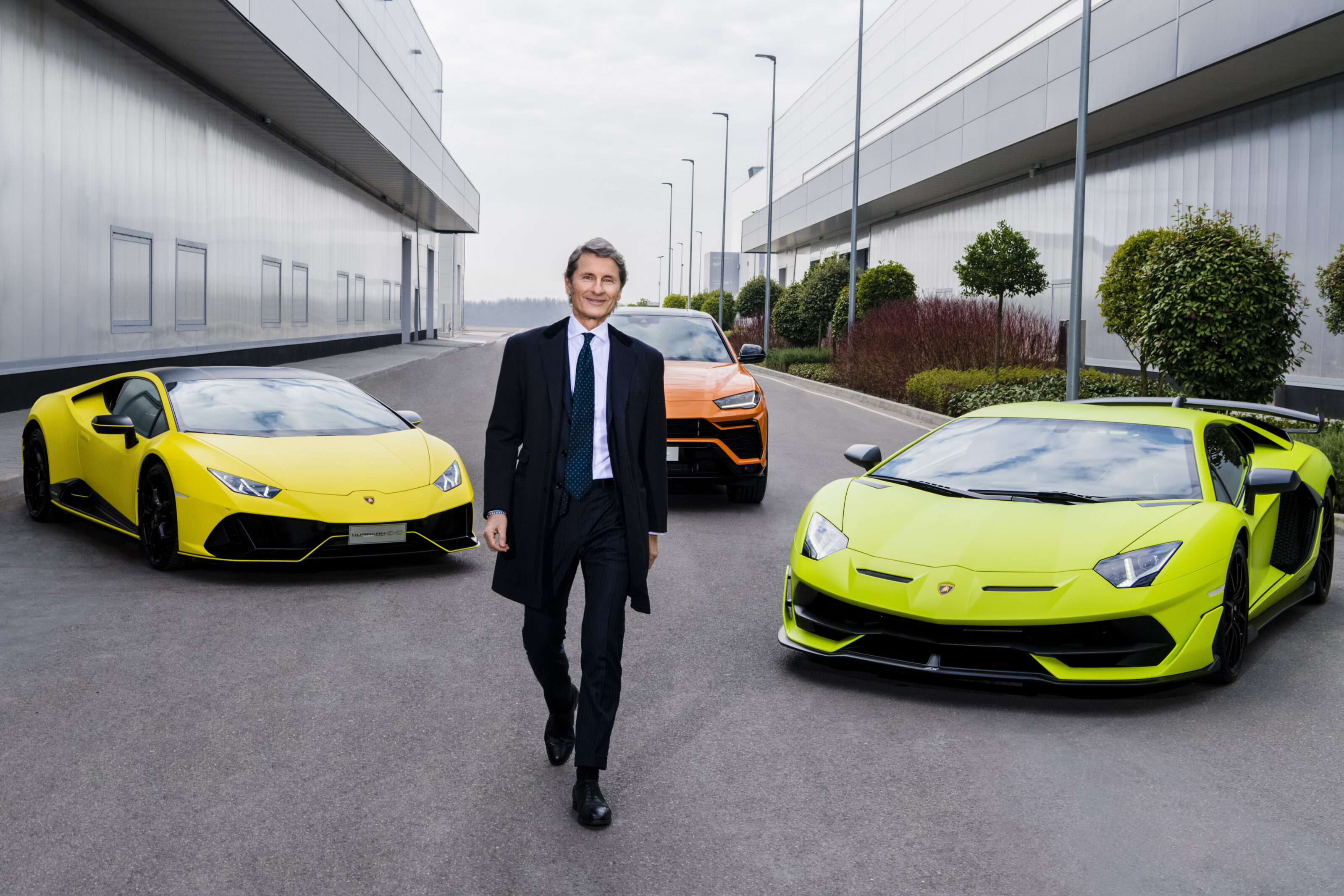
MOTOR expects that this would likely be a model spun off the Premium Platform Electric (PPE) platform rather than the current Porsche Taycan and Audi e-tron GT’s excellent J1 Performance chassis.
“We are investing the biggest amount ever in our history, so between today and the end of 2024, without the first model, the first electrification, we are going to invest EUR 1.5bn into our company,” he continues.
When asked what the cessation of Audi’s combustion engine research and development meant for Lamborghini, Winkelmann chooses his words carefully. “The follower of the Aventador and the follower of the Huracán are fully hybridised, so they will be plug-in engines and they will be all developed by Lamborghini.”
Winkelmann is keen to stress that he doesn’t want Lamborghini to be seen as a Luddite business, the last of the last of the internal combustion holdouts.
“The last combustion engine… this is something that is not yet decided. It depends on the regulations, but also the capacity of the industry in general. Maybe also to have enough synthetic fuel in the future. For the supersports cars, that is an opportunity to stay with very low emissions but with combustion. This is an opportunity we are not going to push off the table. Hybridisation is going to start in 2023 and will last for at least the next decade, we have time enough to decide whether we dismiss the combustion engine after that or if we have another opportunity.”
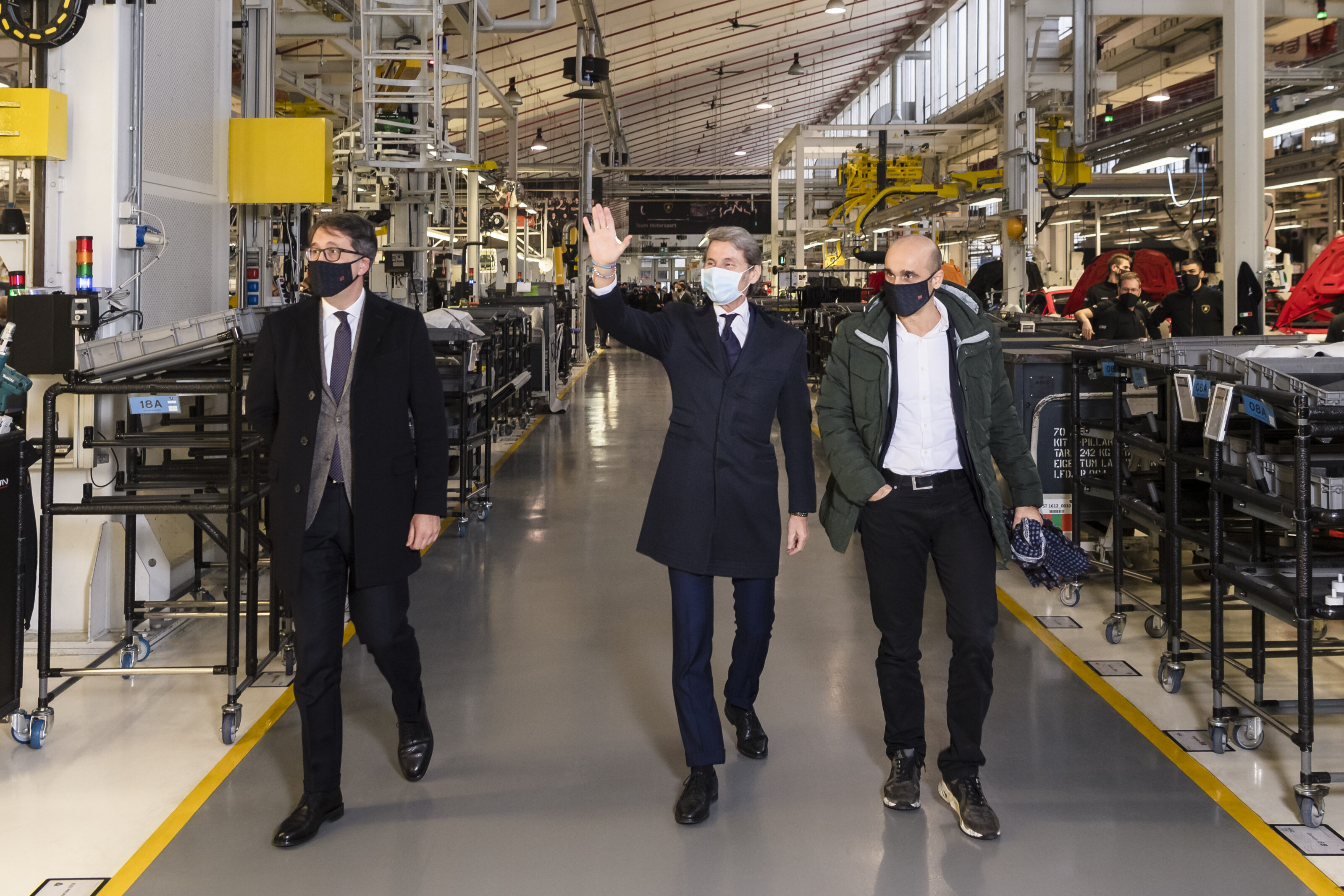
Indeed, Lamborghini’s recently unveiled Direzione Cor Tauri plan earmarks 2021 and 2022 as the final two years celebrating the internal combustion engine, with two new V12 models announced. The second phase sees a hybrid series production model launched in 2023, with the rest of the range electrified by 2024. The third phase is full electrification, starting in the second half of this decade with the rollout of full EVs.
“I think there are going to be some very nice surprises in the next 24 months about our combustion engines,” Winkelmann says with a smile when asked if the ageing Aventador and Huracán still have the legs to compete in a market that is often looking for the newest, shiniest things.
“I don’t want to be seen as last of the kind, but in terms of pure internal combustion engines, I’m pretty sure that before hybridisation kicks in, there will be another jump in terms of demand from customers all around the world for those type of cars.”
Winkelmann is aware of the consequences of moving at the right time. “All of us were different 15 or 20 years ago, in what we were expecting. It’s to be always very cautious in whatever you decide, but when you decide you have to be sure that there is only one bullet in your gun. It has to hit the target without any doubts.”
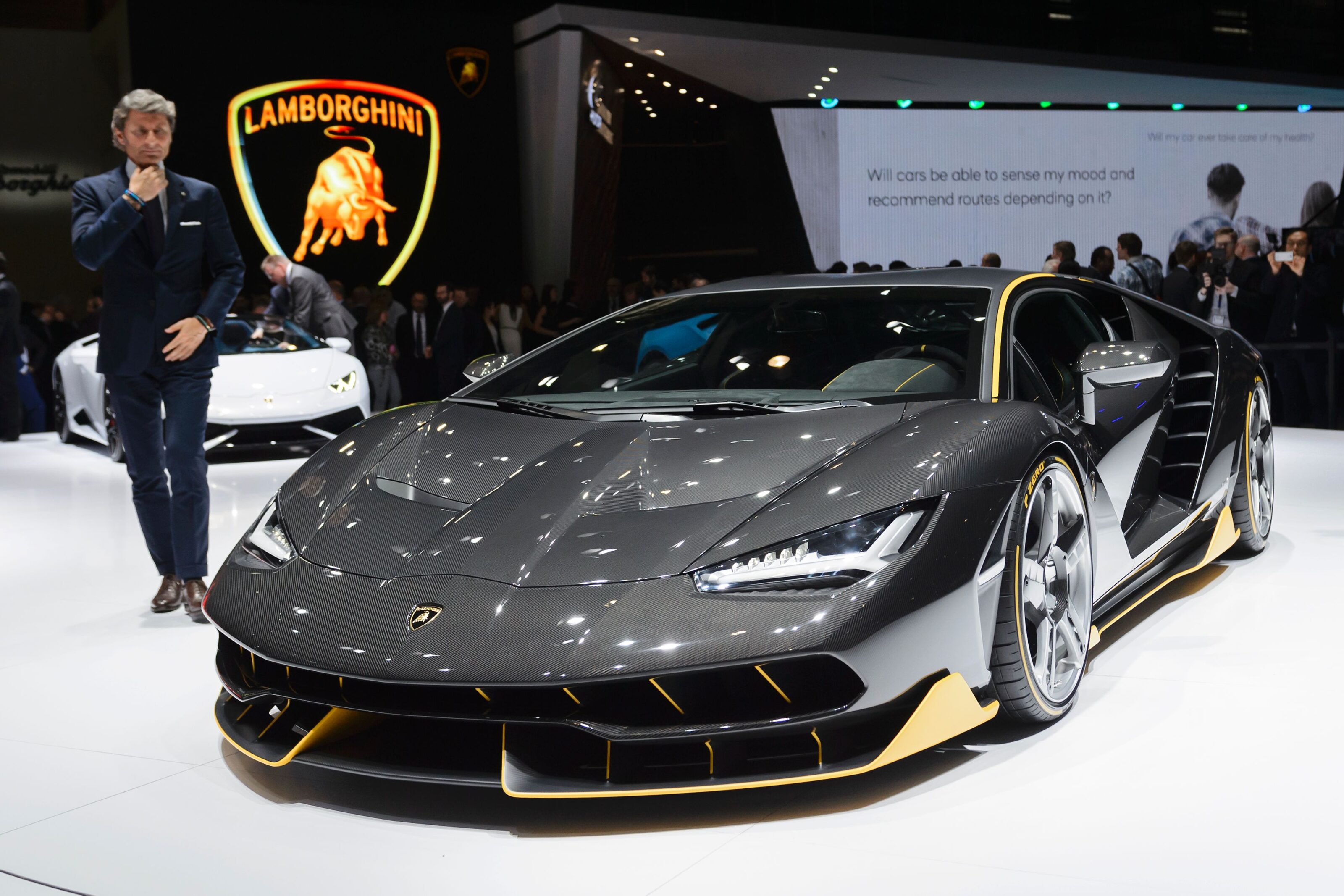
What about Lambo at Le Mans?
Winkelmann usually offers an excellent poker face, but when pressed on whether Lamborghini had any plans to compete under LMH or LMdH rules, he breaks into a broad grin.
“It’s a good one, because in the last few days we were looking into this. It looks interesting but there is no decision taken and even if we decide, it’s going to be some years down the road before we’d be ready for something like this. But I have to tell you, it’s interesting and we’re looking into it.”
We’d take that as a yes. Do you agree?
We recommend
-
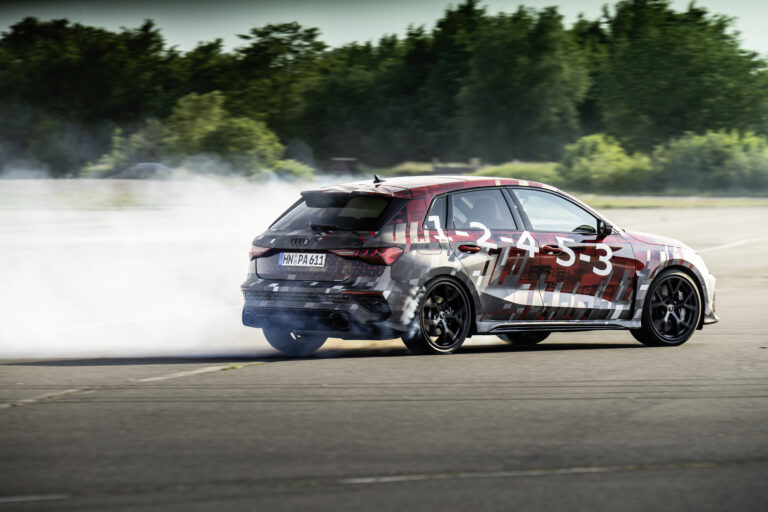 News
NewsDrift mode engage! 2022 Audi RS3 gains torque vectoring rear axle
Updated Audi RS3 gains active rear-axle torque vectoring and drift mode!
-
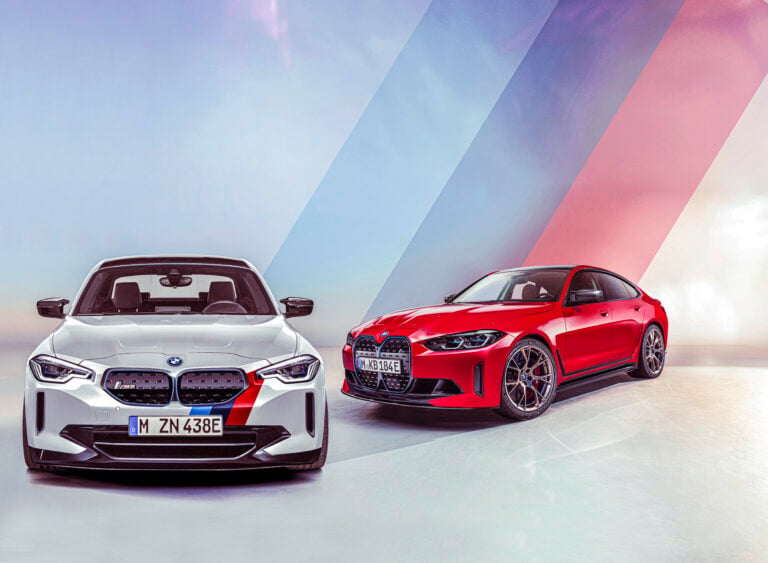 News
NewsBMW iM2: M Division's 1000kW 50th birthday gift
BMW M Division’s 50th birthday present to itself is a 1000kW M2. Yep, a megawatt of M2
-
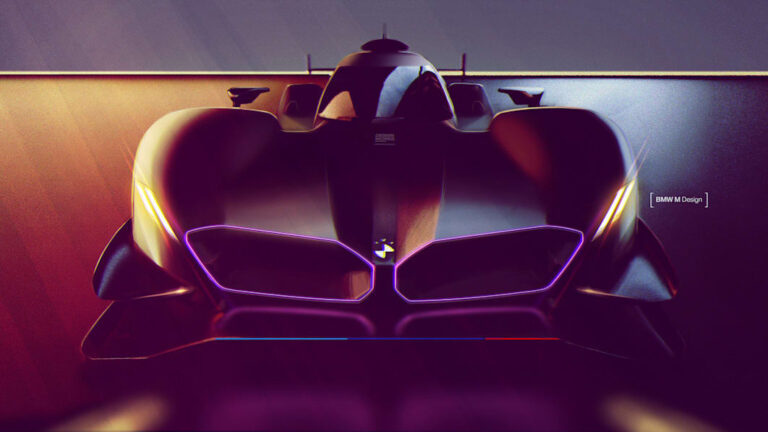 News
NewsBMW renders 2023 LMDh prototype alongside V12 LMR throwback
1999 Le Mans champions to take on Mulsanne again amidst an ever-growing list of LMDh entrants


